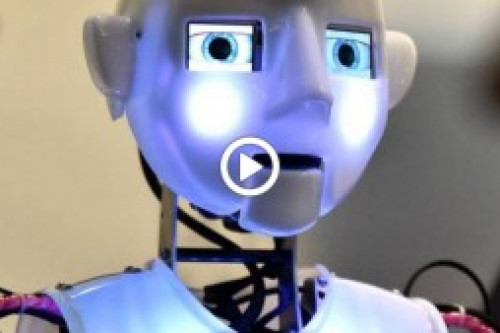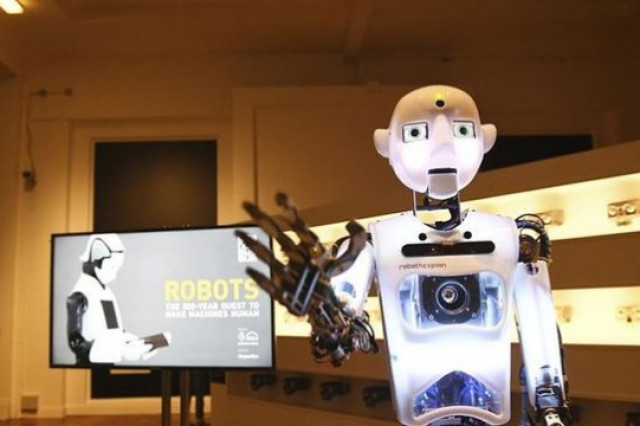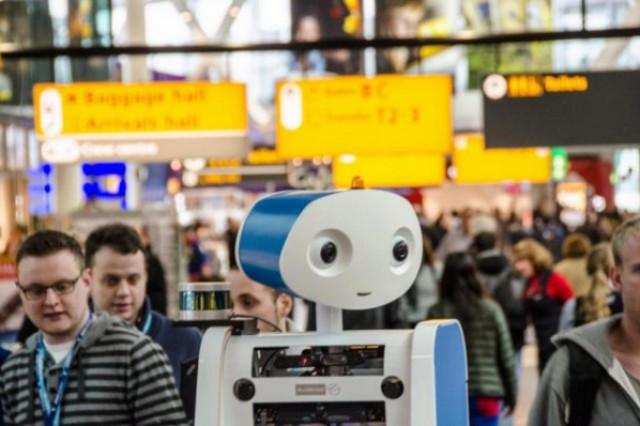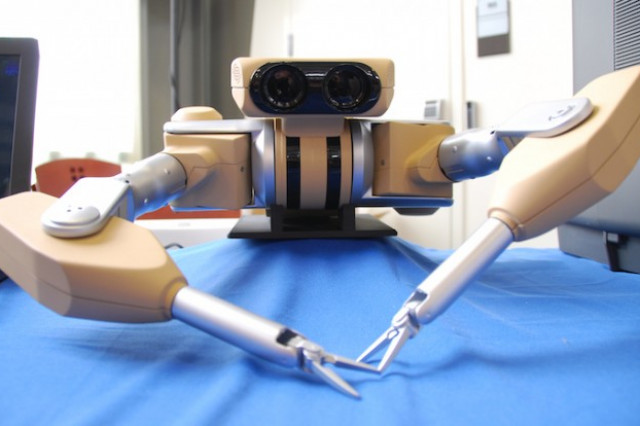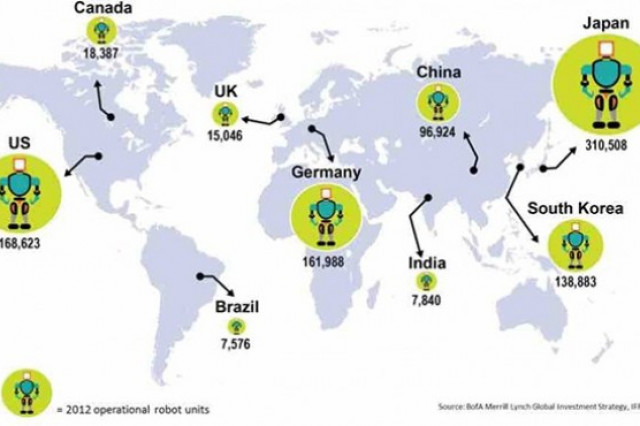They say the first official robot in history was created between 1937 and 1938, at Westinghouse Electric Corporation's headquarters in Mansfield, Ohio. They called it Elektro. It was about two meters high, weighing 265 pounds, and they made it look humanoid. He could walk by voice command and spoke, its vocabulary being 700 words.
Historians go even further. Some of them point out that, in the third century BC, Homer in his work The Iliad already spoke of intelligent servants who were built by Hephaestus, the god of metallurgy... It is also said that many years before the era of Christ, Archy of Tarentum built an automatic bird. Apollonius of Perga, for his inventions of a series of musical automatons, is considered another of the precursors of modern robotics. And of course the great Archimedes, who was not only the first discoverer of levers, but also of mechanical devices capable of acting as human arms and hands... Heron of Alexandria, another Greek, is remembered as the inventor of a mechanism that opened and closed the doors of a temple automatically and also of other mechanical devices that moved like animated statues and presented animals.
Already in the Middle Ages, numerous mechanical devices had been, especially in musical arts. The first large organs were masterpieces of engineering. In 1540, the craftsman Giannello Della Torre built for the emperor Charles V a young "robot" who played the lute, in addition to walking in a straight line. Gottfried Haustesch made mechanical soldiers in motion for the political parties of the Dolphin of France by order of Louis XIV. The bishop of Grossatesta, Pope Sylvester II or St. Albert the Great, were all builders and owners of automata, incredible for their time.
Other ancient civilizations, such as China, also had automatons and automatic mechanisms, such as the one built by Zhang Heng, which functioned as an earthquake detector that even indicated the geographic location of the epicentre. The list is so long and illustrative that it might be better to focus on less remote times.
The term robotics was coined by Isaac Asimov, thus defining the science that studies robots. Asimov also defined the "Three Laws of Robotics". Today, science fiction has come to imagine robots visiting new worlds or dominating ours.
In this issue of The Economy Journal we are concerned with studying the role of robots in the world of work and the concern, justified or not, of the role that these machines made by man could play in the immediate future as more efficient substitutes to people in everyday jobs, and if they will condemn millions of workers to unemployment.
Through the articles written by authentic specialists in the matter, you will be able form your own judgment from the hand of real sages and give your own free opinion on an exciting subject. I invite you to continue reading our TEJ, already in its new format that I hope it is also of particular pleasure to you that only human minds have been involved.



